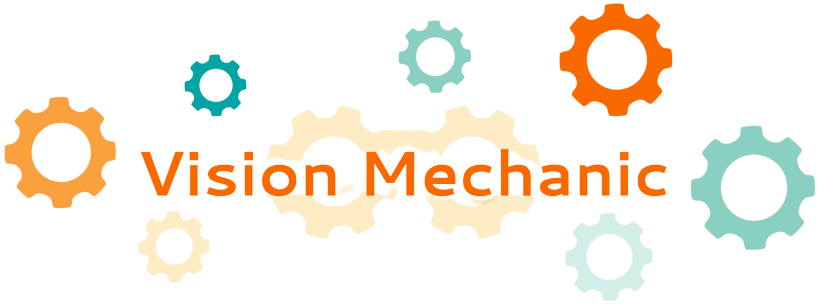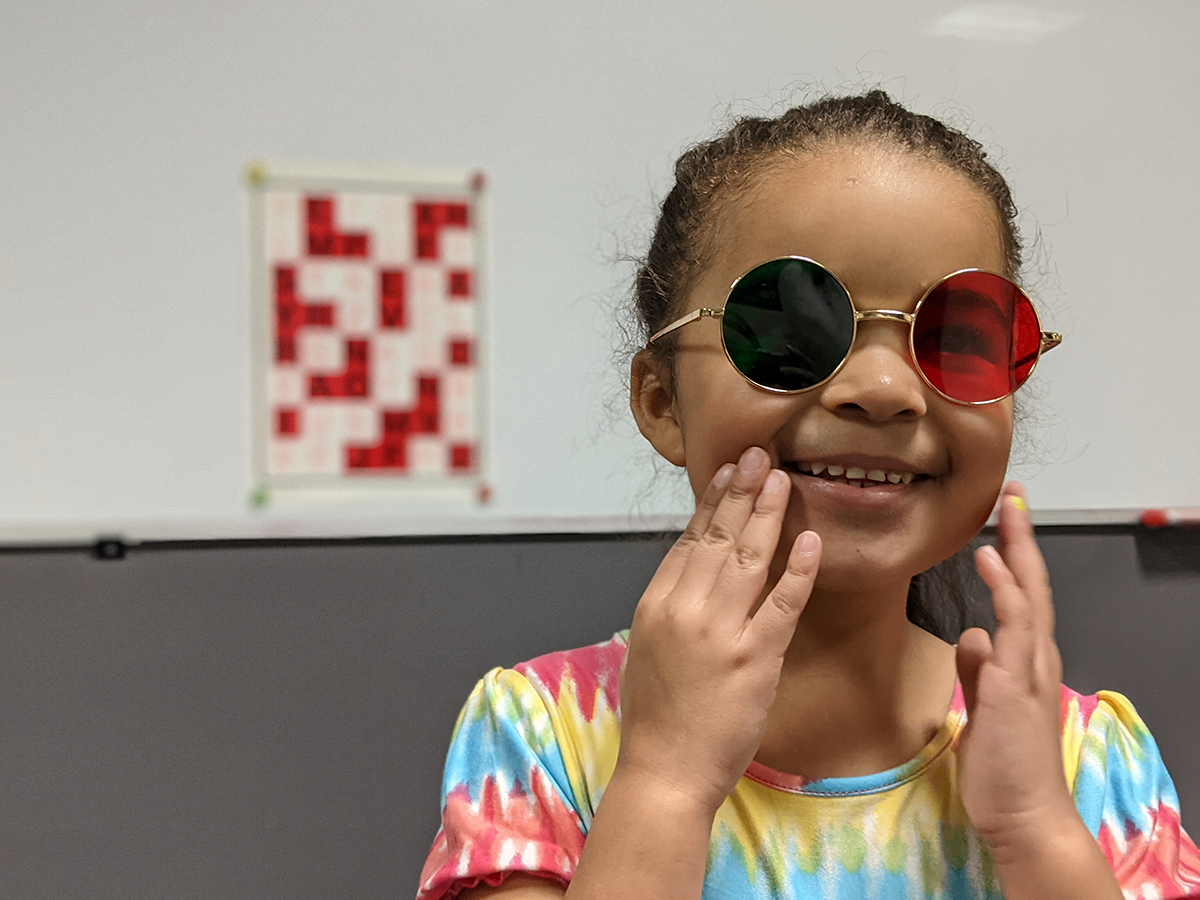Purpose: To develop internal control of smooth, accurate ocular pursuit movement
Materials: Balance Board
Procedure:
1. Patient is to stand on balance board with feet spread and with good posture.
2. Have patient follow an imaginary bug as it crawls up the wall, across the ceiling, down the wall, across the floor, etc. Also, reverse the direction of the bug. Use door jam, window or picture frame as an outline area for the bug to travel.
3. Patient is to make every effort to visualize the bug and try to describe it. Change the bug into some other object from time to time (like a sputnick, etc). Patient should attempt to keep “seeing” the imaginary object.
4. As an added method, have patient point toward the imaginary bug as it “moves.” He is to try to get the feeling that the pointing finger is “pushing” or “leading” the bug. Use this method espeically if patient has trouble achieving smooth eye movements otherwise.
5. Use voice control to slow the bug down. See how when describing the slow movement or apprearance of the bug with slowed down speech, it affects the control of eye movement.
Aspects to be emphasized:
1. Eye movements should be controlled and smooth. Remember it is a small bug which cannot fly, hop or jump – it just keeps crawling slowly.
2. Ability to perform with or without use of pointing at bug, and with or without use of voice control.
3. When pointing at bug, should have feeling in arm of “leading” the bug, or inducing the movement of the bug.
4. Ability to visualize and describe the imaginary bug.





